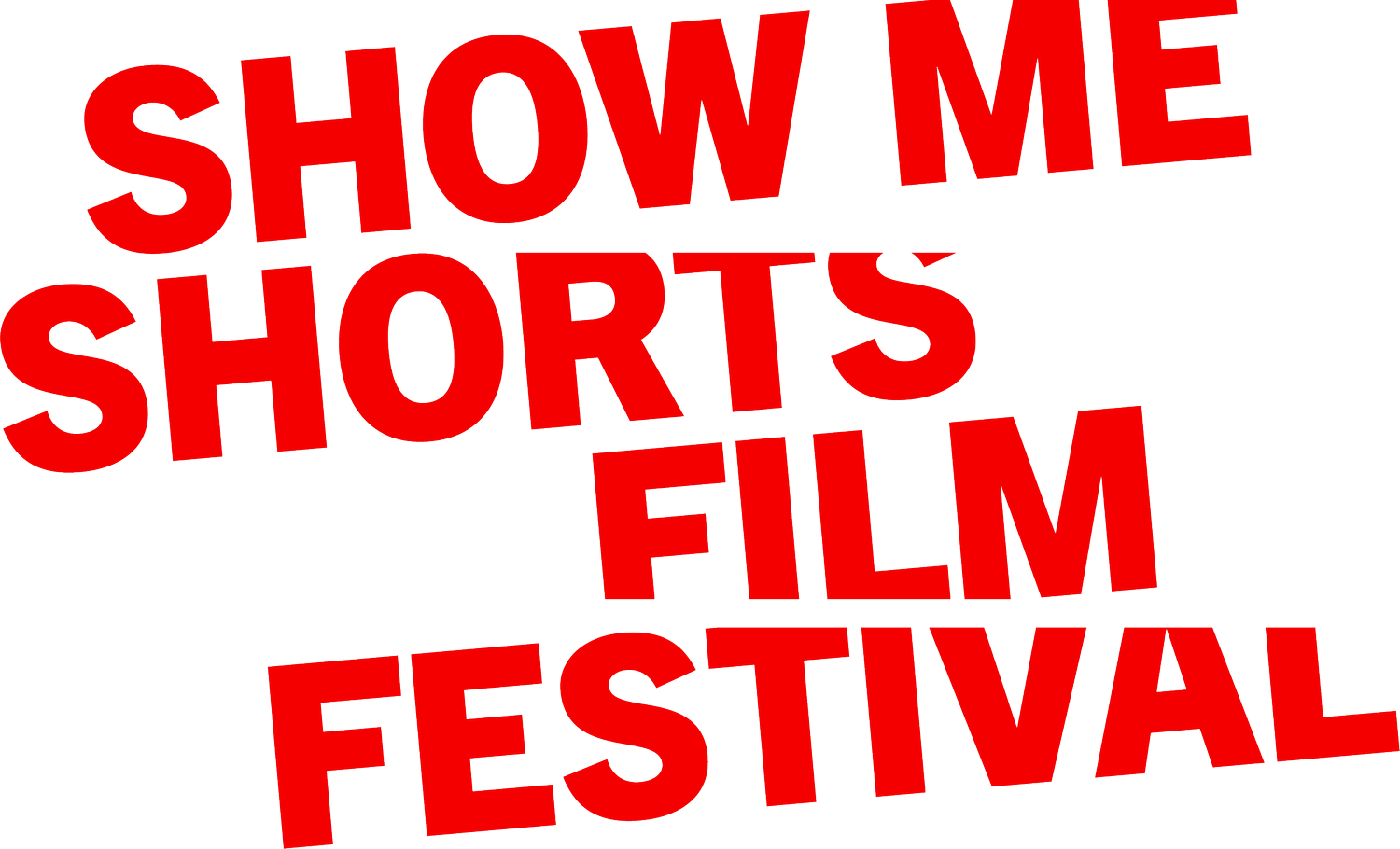Want Great Sound Effects? Listen Up
Capturing realistic sound effects is crucial to a film’s atmosphere. Photo: Vancouver Film School (CC by 2.0, Creative Commons license), via Flickr
I’m no filmmaker, but I have worked with many over the years I’ve been a sound designer. I’ve been helping independent filmmakers lift their productions with sound effects for more than 12 years, and in that time have come to understand some of the key issues faced in making a scene work or a particular atmosphere realistic. Often I’ve been approached when a filmmaker has run out of other solutions – so I love being able to show, using quality sound effects and a few simple techniques, how it’s possible to turn a good production into an amazing one.
Here’s one I prepared earlier
Should you use stock sound effects, record your own on location, or capture them after? Stock sound effects, or library sound effects, were traditionally found on CD and DVD, but now a plethora of online libraries offer instant downloads. On the positive side, these libraries will save newbie filmmakers hours of recording time and will probably offer everything you’ll need (and 500,000 other sounds too). They are usually recorded with professional microphones and recorders, and are expertly edited. But they can be expensive; even if they only cost a few dollars per sound, it will add up. It might be more cost-effective to purchase packages or subscriptions. You can also find free sound-effect libraries online (like ours – www.zapsplat.com).
It’s all about balance
I’m a perfectionist and so are many of the people I work with – it seems to come with the territory. But managing the urge to give everything (including the refrigerator) its five minutes of fame is a must. Years ago, I was working on one of my first-ever jobs for a small indie film. I spent hours creating sounds for everything, on screen and off. The taps were dripping, the washing machine was churning, the footsteps were exaggerated, everything the characters touched or picked up produced some sort of noise – you can imagine the result.
TIP: It’s vital to maintain a good balance between too little and too much audio in a production – this is one of the most important lessons I have learned over the years.
Take a walk around your home. What did you hear? Now do this again while consciously listening out for every single little sound you can hear. You’ll have noticed a lot more the second time round. But just because it makes a noise, doesn’t mean it needs to in your film. Don’t take the focus away from the emotion or atmosphere you’re trying to create with unnecessary sound effects.
Yes, the tap is dripping… but does the audience need to hear it?
Get back to basics
Recently, I was approached by a game designer who just couldn’t get the dark, mystical atmosphere his Tomb Raider-style game required. He’d tried everything – well, almost! Bizarrely, a bathroom extractor fan was the answer. I had a recording of a broken extractor fan: once it was pitched right down and had a large reverb added, it created one of the darkest, most atmospheric room tones I’ve ever created.
That’s a bit of an extreme case. But in general, simple sounds can easily create the effect you’re after. If your scene is by a river, add a river sound and maybe some bird noise. If you’re in a pedestrianised city area, don’t add loads of close-up traffic sounds – footsteps and a general city hum will probably suffice.
Also, remember that the audio your camera microphone picked up might not sound as good as the professional sounds you can grab from a library, or ones you can record separately yourself.
Ready for reverb?
You don’t need to have a master’s degree in acoustics to get your head around reverb, and it’s such an important element of your mix.
Sound reacts with its surrounding environment in many ways. Sound is reflected and absorbed by the surfaces of the room. The closer to the listener a sound source is, the more direct sound is heard and the less reflected sound is heard. Also, the further away a sound source is, the duller it generally tends to be.
Most sound effects are recorded ‘dry’, so editors can add their own effects later and give the sounds more flexibility. In order to make the added sounds fit the visual space they’re supposed to be inside, reverbs are used. For example, a scene of someone crying in a church wouldn’t sound right if the crying sounds were recorded in a small room – add a large reverb and you create the necessary ambience.
Reverbs often come bundled with software, and free reverbs can be found online through a quick Google search. Get to grips with the controls and begin experimenting with parameters such as reverb time, pre-delay, room shape and diffusion. I guarantee you’ll be glad you did.
Make sure your sound fits the visual space it’s in. Photo: Candlelit Pictures
Understanding EQ
EQ stands for equalisation, which allows you to filter or boost certain frequency bands. EQ is another important effect to experiment with, as it can help give the user more control over the spatial placement of sounds in the mix – for example, to achieve that duller, further-away sound roll of some of the higher frequencies, or remove the bass (often, wind noise on a microphone) frequencies as needed.
Sound is an integral part of the film-making process and one that it’s worth taking time to get just right. Over time, you’ll develop your own techniques that will help you produce even more amazing films.


